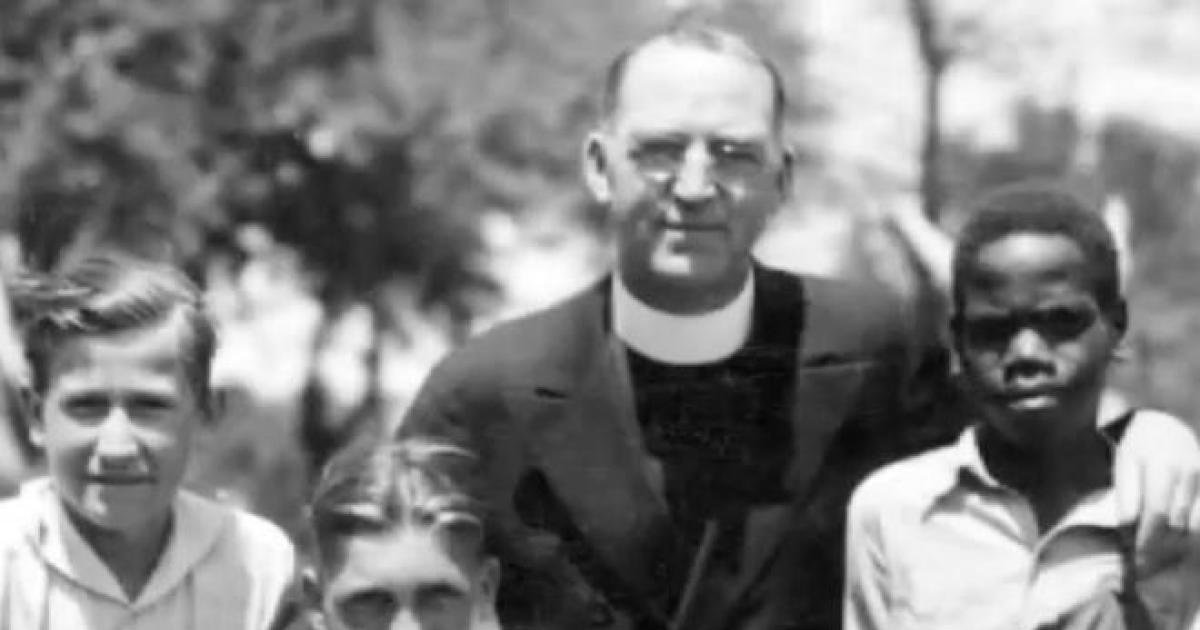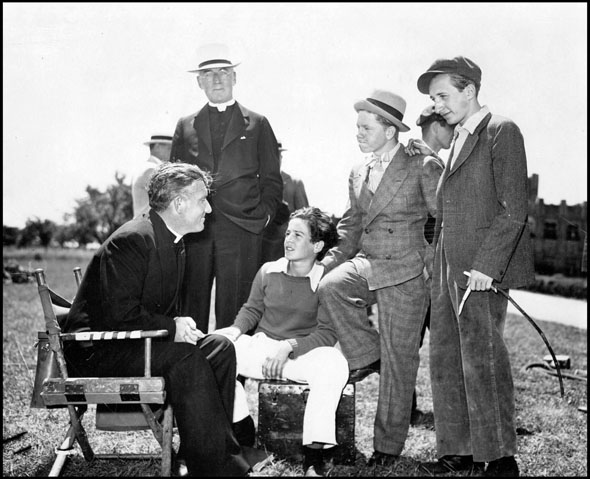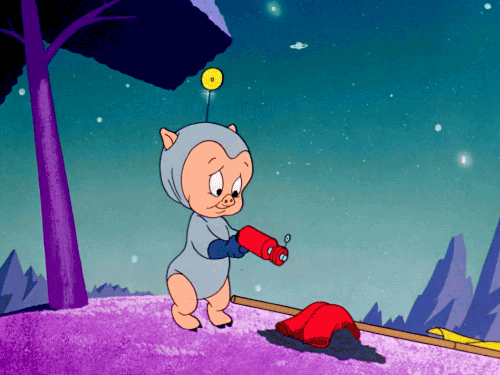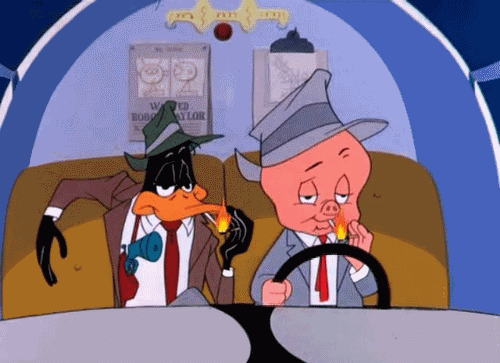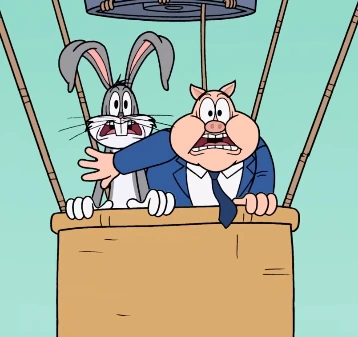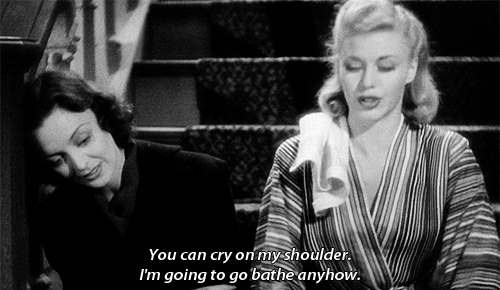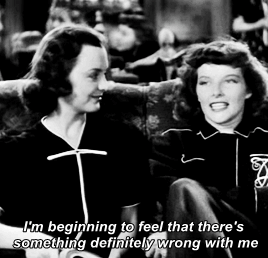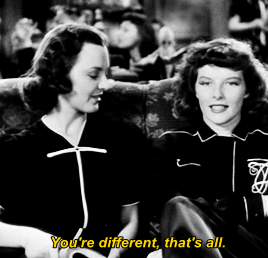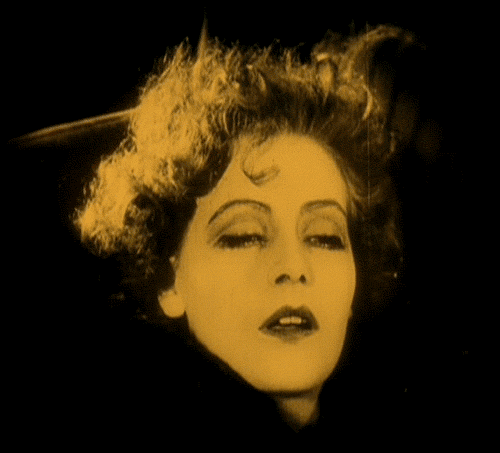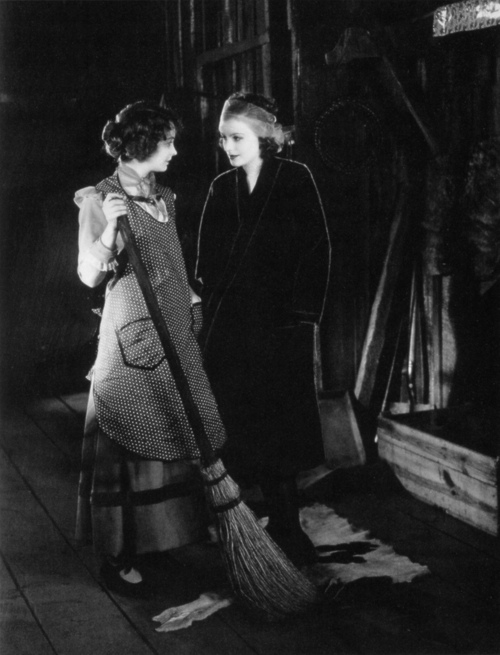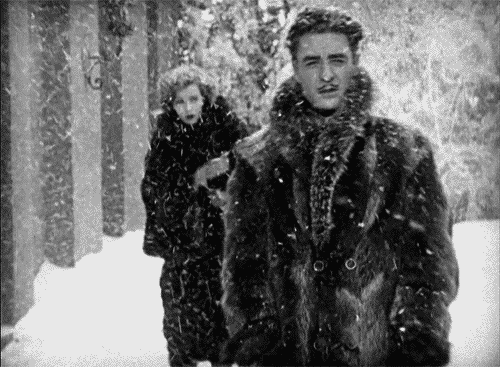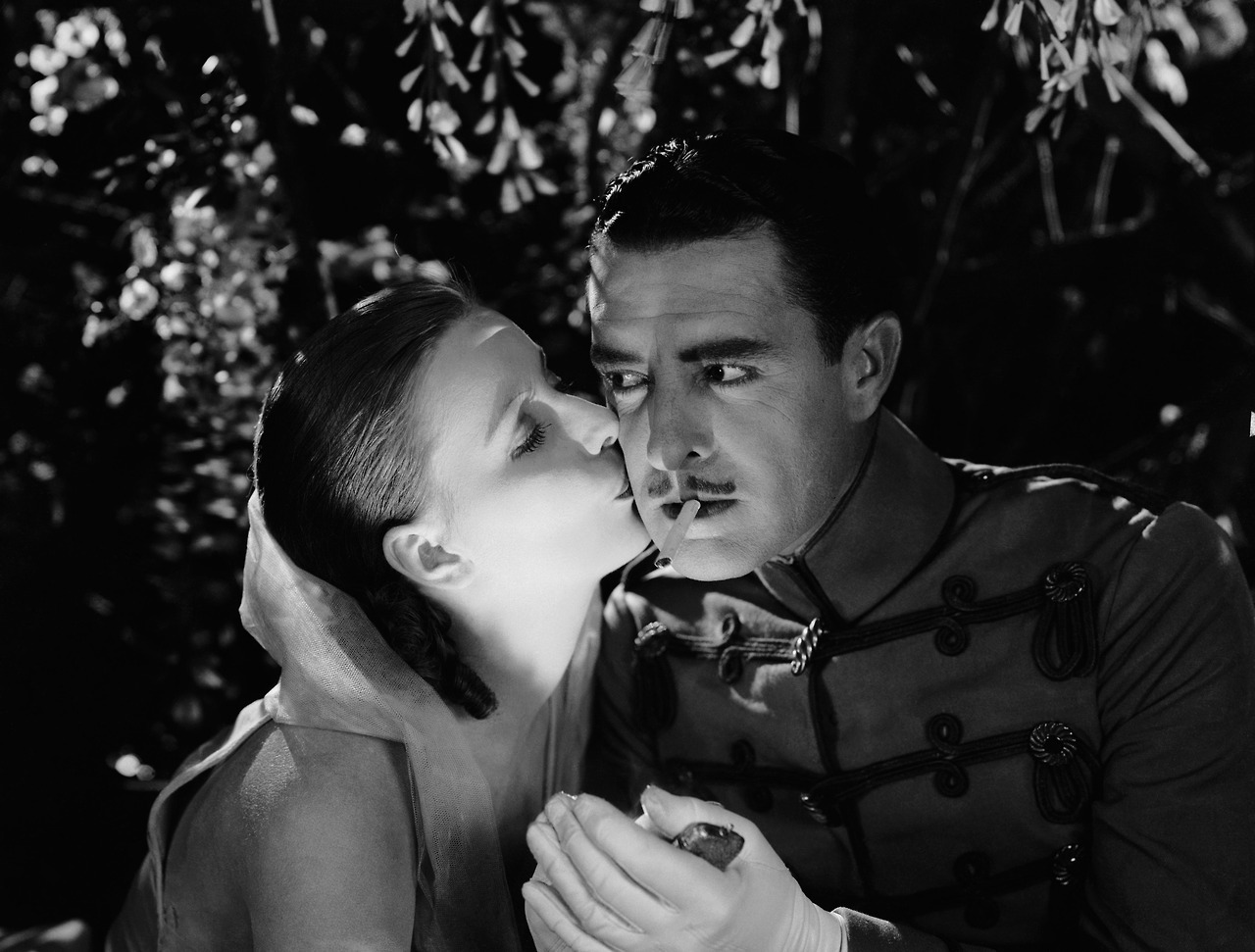Nós precisamos
desesperadamente de heróis.
We're in desperate need
of heroes.
Mas não é qualquer
herói que serve. Nós dispensamos o Batman, o Aquaman, o Super-Homen, o Homem de
Ferro, a Mulher-Maravilha – se bem que ela é demais – e continuamos procurando
por outro tipo de herói. Um herói – ou heroína – cujo superpoder é ser, acima
de tudo, humano. Nós precisamos destas pessoas.
But not any hero can do.
We'll pass Batman, Aquaman, Superman, Iron Man, Wonder Woman – even though she
is a badass – and keep on looking for another kind of hero. A hero – or heroine
– whose superpower is being, above all, human. These are the people we need.
Será que o padre
Flanagan é bom o suficiente para a vaga? Vejamos seu dossiê de herói:
Will Father Flanagan be
good enough for the position? Let's see his hero file:
Nome:
Edward Joseph Flanagan
Name: Edward Joseph
Flanagan
Data e local de
nascimento: 13 de julho de 1886, Irlanda.
Date and place of birth:
July 13th 1886, Ireland
Foto (com disfarce):
Photo (undercover):
Foto (pronto para
entrar em ação): ele se parece um pouco com Spencer Tracy, não?
Photo (ready for action):
looks like Spencer Tracy, right?
Superpoderes:
Paciência – super
paciência
Acreditar que “não há
maus meninos no mundo”
Cuidar de garotos
órfãos ou sem-teto e construir uma comunidade para eles.
Dar aos meninos
liberdade de crença – qualquer religião poderia ser professada na vila de Boys
Town.
Ensinar aos meninos
lições de cidadania e disciplina.
Provar que jornalistas
ambiciosos, céticos e “cidadãos de bem” estavam errados quando duvidaram de seu
projeto.
Superpowers:
Patience – super patience
Believing “there is no
such a thing in the world as a bad boy”
Taking care of orphaned
or homeless boys and building a community for them
Giving the boys freedom
of worship – any religion was valid at Boy's Town
Teaching the boys notions
of citizenship and discipline
Proving wrong greedy
journalists, skeptics and angry “fine citizens”
Ajudante: o lojista
Dave Morris (Henry Hull) é ajudante “sem querer” do padre Flanagan, e contribui
com empréstimos de dinheiro.
Sidekick: Shop owner Dave
Morris (Henry Hull) is Father Flanagan's reluctant sidekick, helping with the
money needed.
Atos heroicos:
Fundou a primeira casa
de meninos órfãos em 1917.
Desafiou o círculo
vicioso de abandono, abuso, violência e criminalidade na vida dos meninos.
Fundou a vila de Boys
Town em 1921.
Ajudou pessoalmente
mais de 6 mil pessoas com sua obra – muitos deles eram meninos durões como o
personagem Whitey (Mickey Rooney), que, se não tivesse ajuda do padre Flanagan,
teria se tornado um criminoso.
Depois de sua morte em
1948, seu trabalho se expandiu por 10 estados. Hoje, mais de 1,4 milhões de
pessoas recebem cuidados e apoio da Boys Town.
Heroic actions:
Founded the first Boys
Town in 1917
Challenged the vicious
cycle of abandonment, child abuse, violence and crime
Founded the current
Village of Boys Town in 1921
Personally helped 6000
people with his program – many of them hard-boiled boys like character Whitey
(Mickey Rooney), who, without Father Flanagan, would turn into crime.
After his death in 1948,
his work expanded through 10 states. As for today, more than 1,4 million people
are helped by Boys Town.
Reconhecimentos:
Spencer Tracy ganhou
seu Segundo Oscar pela performance como o Padre Flanagan na cinebiografia “Com
os Braços Abertos”. A esposa de Tracy recebeu o prêmio no lugar dele durante a
cerimônia.
O padre Flanagan é
membro do Hall da Fama do estado de Nebraska. Seu
processo de canonização foi aberto em 2012.
Accolades:
Spencer Tracy won his
second Oscar for his portrayal of Father Flanagan in the biopic “Boys Town”.
Tracy’s wife received the prize in his behalf during the ceremony.
Father Flanagan is a
member of the Nebraska Hall of Fame. His canonization process started in 2012.
Heroína à altura: Você
já percebeu que para todo herói há uma heroína semelhante – mesmo que eles não
sejam romanticamente ligados? Bem, a primeira pessoa que me veio à mente quando
conheci a história do padre Flanagan foi a missionária Gladys Aylward. Esta inglesa
notável cuidou de crianças chinesas na Guerra Sino-Japonesa de meados dos anos
30 e também virou personagem de filme: em “A Morada da Sexta Felicidade” (1958), ela é interpretada por Ingrid Bergman.
Female counterpart: Have
you realized that all heroes have a female counterpart – even if they are not
romantically linked? Well, the first person I thought about when I first got to
know Father Flanagan's story was missionary Gladys Aylward. This notable
English lady took care of Chinese kids during the 1930s war against Japan and
was also portrayed in film: in “The Inn of the Sixth Happiness” (1958), she is
played by Ingrid Bergman.
Precisamos de pessoas
como o padre Flanagan – e também Gladys Aylward – que acreditam no potencial do
ser humano, que querem acabar com as desigualdades e não perpetuar os
privilégios. Como o próprio padre Flanagan disse:
We need people like
Father Flanagan – and also Gladys Aylward – who believe in the human potential,
want to fight inequality and put a stop in privileges. As Father Flanagan himself said:
“Custa tão pouco ensinar uma criança a amar, e custa
tanto ensiná-la a odiar”.
“It costs so little to teach a child to love, and so
much to teach him to hate”.
This is my contribution to the Inspirational Heroes blogathon,
hosted by Quiggy and Hamlette at The Midnite Drive-In and Hamlette’s Soliloquy.




